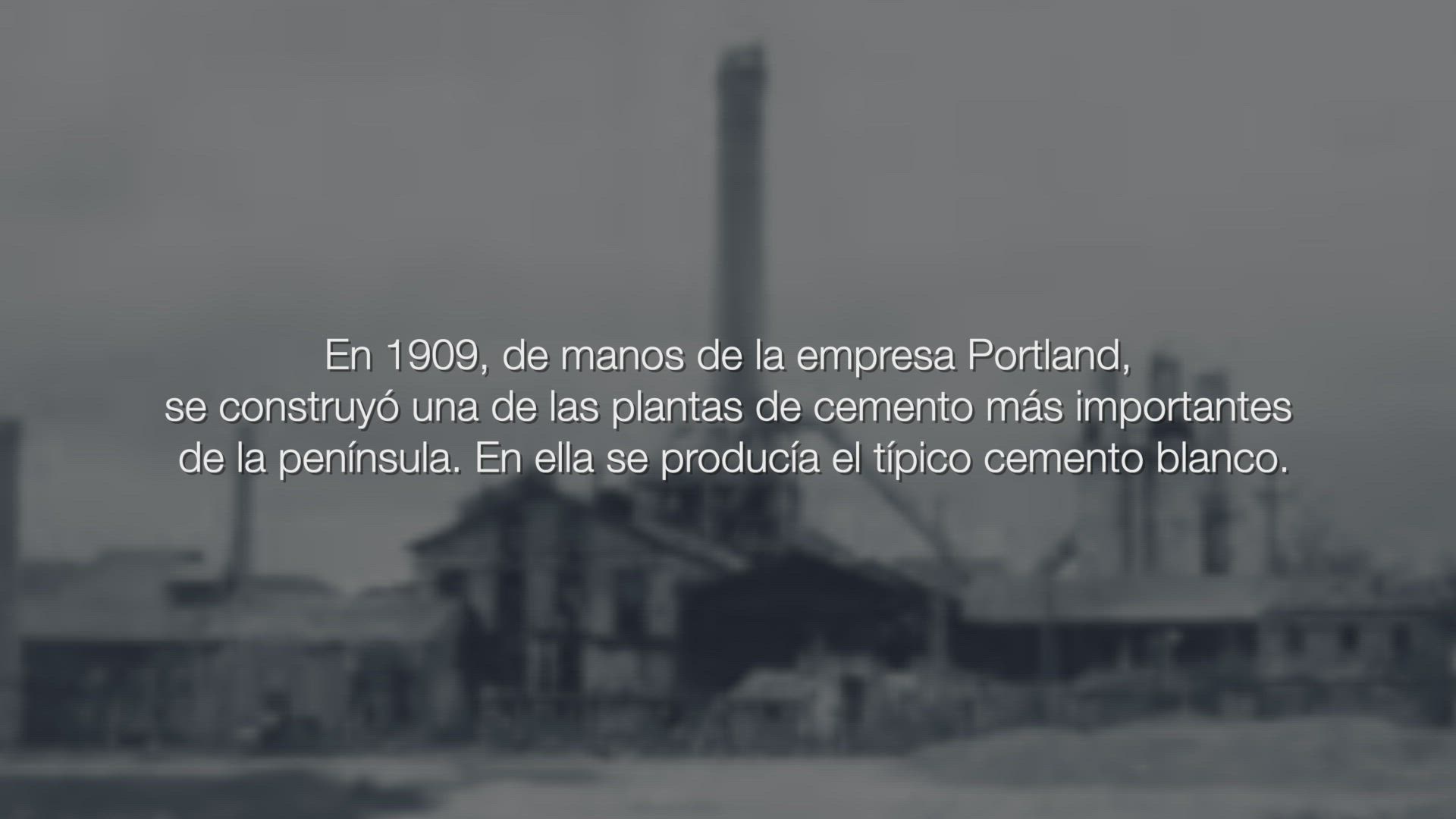
Interested In This Footage?
Cementera El León
- about 1 year ago
- 176 VŪZ
8 


- 2
- Report
En el siglo IXX y principios del XX aparecen a lo largo de nuestra geografía multitud de chimeneas industriales, que fueron elementos básicos de la industria que generaba fuerza a partir del vapor.
Están construidas en ladrillo cocido sin grúas ni andamios exteriores, solamente se utilizaba una polea y una plataforma de madera apoyada sobre una especie de escalera incrustada entre los ladrillos sobre la que trabajaban tres o cuatro obreros. Estos iban colocando los ladrillos desde el interior dejando la cara vista por el exterior.
Estas construcciones de ladrillo, hablan de un pasado no muy lejano, pero hoy la mayoría de ellas están ya en desuso, son vestigios de la historia y merecen ser conservadas cómo elementos que forman parte de la moderna arqueología industrial.
A principios del s XX, los habitantes de Matillas la Vieja, hoy totalmente en ruinas, se trasladaron al nuevo poblado que surgió alrededor de la fábrica de cementos “El León” y la estación de ferrocarril.
En 1909, de manos de la empresa Portland, se construyó una de las plantas de cemento más importantes de la península. En ella se producía el típico cemento blanco.
Con el auge del cemento gris y las crisis económicas de mediados de siglo, la producción de estas instalaciones va decreciendo y en 1995 la empresa Asland decide cerrar definitivamente la planta de Matillas.
Hoy en día, de los primitivos hornos de cal Hoffman, sólo quedan tres, de las seis chimeneas originales, éstas merecen ser catalogadas y conservadas cómo elementos que forman parte de la moderna arqueología industrial.
In the 19th and early 20th centuries, a multitude of industrial chimneys appeared throughout our geography, which were basic elements of the industry that generated power from steam.
They are built of baked brick without cranes or external scaffolding, only a pulley and a wooden platform supported on a kind of ladder embedded between the bricks were used on which three or four workers worked. These were placing the bricks from the inside, leaving the face visible on the outside.
These brick buildings speak of a not too distant past, but today most of them are already in disuse, they are vestiges of history and deserve to be preserved as elements that are part of modern industrial archaeology.
At the beginning of the 20th century, the inhabitants of Matillas la Vieja, today totally in ruins, moved to the new town that arose around the “El León” cement factory and the railway station.
In 1909, one of the most important cement plants on the peninsula was built by the Portland company. It produced the typical white cement.
With the gray cement boom and the economic crises of the mid-century, the production of these facilities decreased and in 1995 the Asland company decided to permanently close the Matillas plant.
Today, of the primitive Hoffman lime kilns, only three remain, of the six original chimneys, these deserve to be cataloged and preserved as elements that are part of modern industrial archaeology.
Up Next
Castillo de Otíñar / Otinar Castle

- PJF DRONE
- 937 VŪZ
10 - 8
- about 1 year ago
Del Cid: Castle of Jadrague

- PJF DRONE
- 1.5k VŪZ
21 - 14
- almost 7 years ago
Amapola / Poppy

- PJF DRONE
- 718 VŪZ
10 - 9
- almost 4 years ago
Greenpeace ¡ACCIÓN! Mala gestión = Sequía

- CopterClouds.com
- 882 VŪZ
16 - 12
- over 6 years ago
Castillo de Atienza (Guadalajara) ESPAÑA / Atienza Castle (Guadalajara) SPAIN

- PJF DRONE
- 546 VŪZ
13 - 10
- over 4 years ago
Munigua "Municipium Flavium Moniguense"

- PJF DRONE
- 1.2k VŪZ
11 - 10
- about 2 years ago
Castillo de Atienza

- PJF DRONE
- 979 VŪZ
11 - 14
- over 4 years ago
PUEBLA LA 4ta CIUDAD MAS MODERNA DE MEXICO | CINEMATIC VIDEO

- SunsetSky
- 1.5k VŪZ
15 - 11
- about 1 year ago
EXPIATORIO LEÓN
- GioViajo
- 918 VŪZ
5 - 3
- over 1 year ago
Flybross Visual

- Flybross
- 1.7k VŪZ
8 - 7
- 8 months ago

